How FUE Hair Transplant Is Done
At FUE Malaysia, we plan every step with focus on your needs and expectation to produce the best result possible , irrespective of the different treatments we provide. We know that client focus and professionalism ensures we remain one of the best hair transplant Centre in Malaysia .FUE Malaysia offers superior hair transplant procedure with achieved by hair transplant doctors who have performed thousands of hair transplant procedures. Staff at FUE Malaysia are at hand to monitor and advise you about ongoing medical hair treatments, while our laser therapy chairs provide hair enrichment services. All of our hair transplant and hair loss treatment services are available at affordable prices that include exemplary client care before, during and after your treatment.

Planning Is A key
What is the best method and instrument for Hair Transplant Done Right
Step 1: Understanding FUE
There are several methods , protocol and instruments available to perform hair transplant procedure. At FUE Malaysia we combine several techniques to come up with the best practices to obtain optimal results. This includes techniques using instrument from leading Hair Transplant Surgeon Dr John Cole , Dr Sansui Umar and others. Our best practices includes the following :
Holding Solution :
– Normal Saline
– A cells
– Liposomal ATP solution
– Hypo thermos
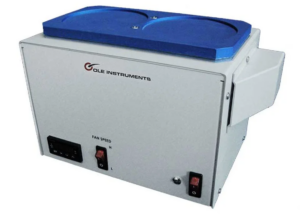
Electric Chilling Device for maintaining the temperature for the grafts in hair transplant surgery
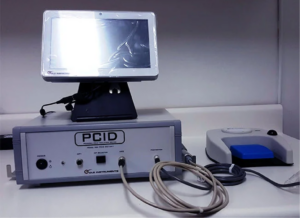
Powered Cole Isolation Device (PCID) for harvesting grafts in hair transplant surgery
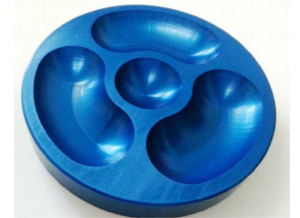
Graft Storage Plate use for storing hair grafts during hair transplant surgery
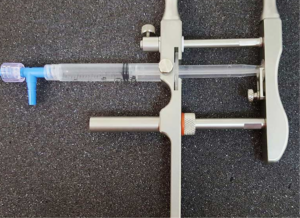
Self Filling Device (SFD) use for the injection of tumescent fluid at donor area for hair transplant surgery
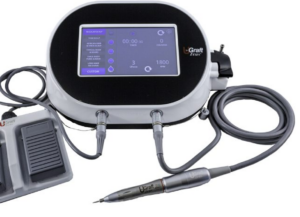
DrUGraft uses for harvesting grafts for donor area-scalp-body for hair transplant surgery
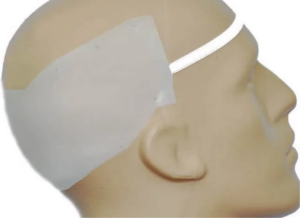
Donor Template use for marking donor area for hair transplant surgery
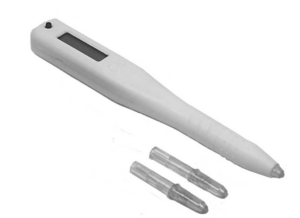
CID-Counting Incision Device use for pre make incision slit and counting the number of slit for hair transplant surgery
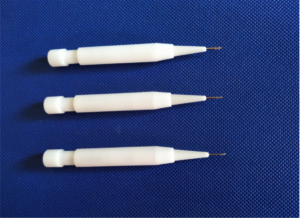
OKT Implanter use for planting the hair grafts during hair transplant surgery
Main Process of Hair Transplantation
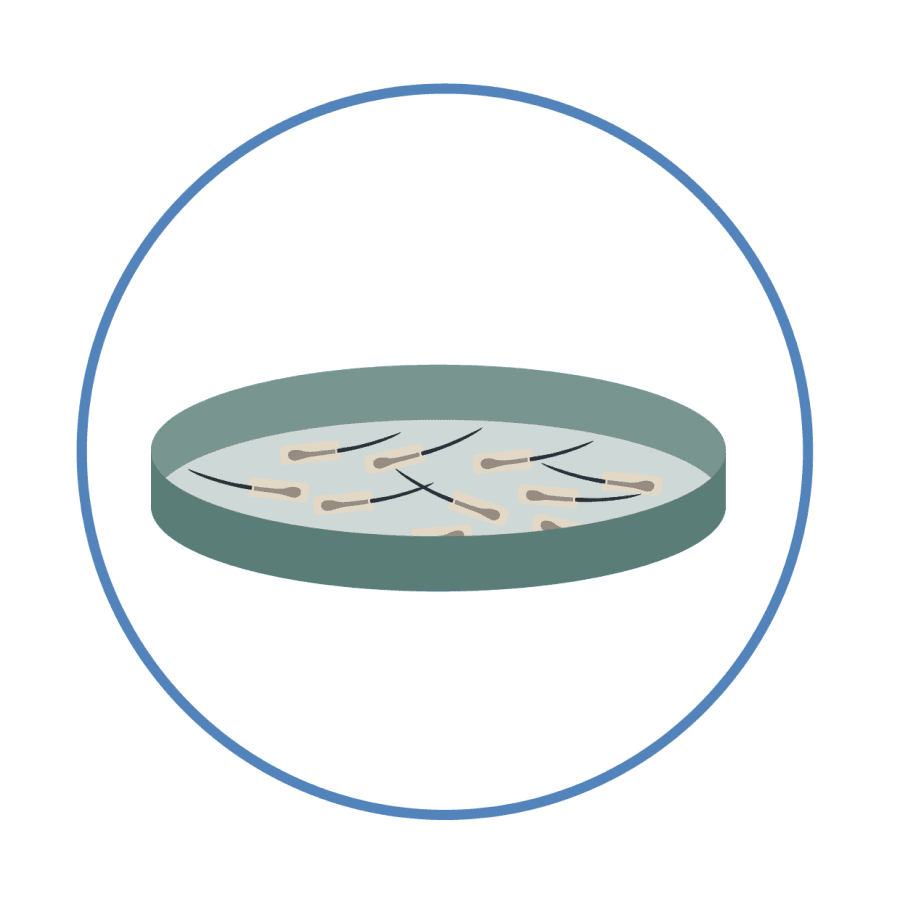
Harvesting of The Grafts
Donor hair is carefully harvested, paying close attention to protecting blood supply and nerves while maximizing harvest yield.
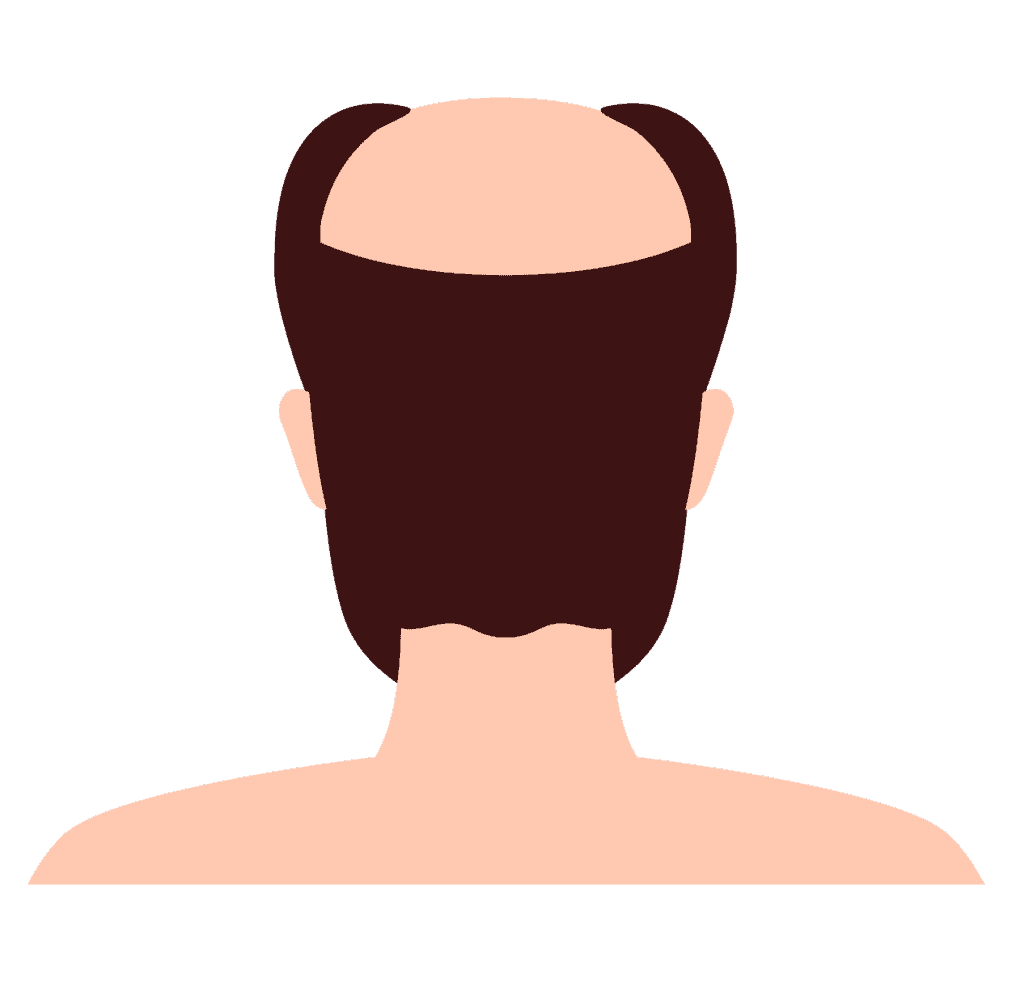
Recipient Site Creation
Recipient sites are chosen with perfect angles, direction, pattern and graft-to-site fit in mind to create the most natural results.

Hair Graft Placement
Our experienced team expertly places all hair grafts so they are not too deep or too high and to prevent trauma upon placement.
7 Stages Of A Hair Transplant Process
Step 2: What Is Your Expectation During Hair Transplant Procedure
Our Hair Transplant Doctors will listen to you , understand your expectation and advise you on the best approach for optimal results
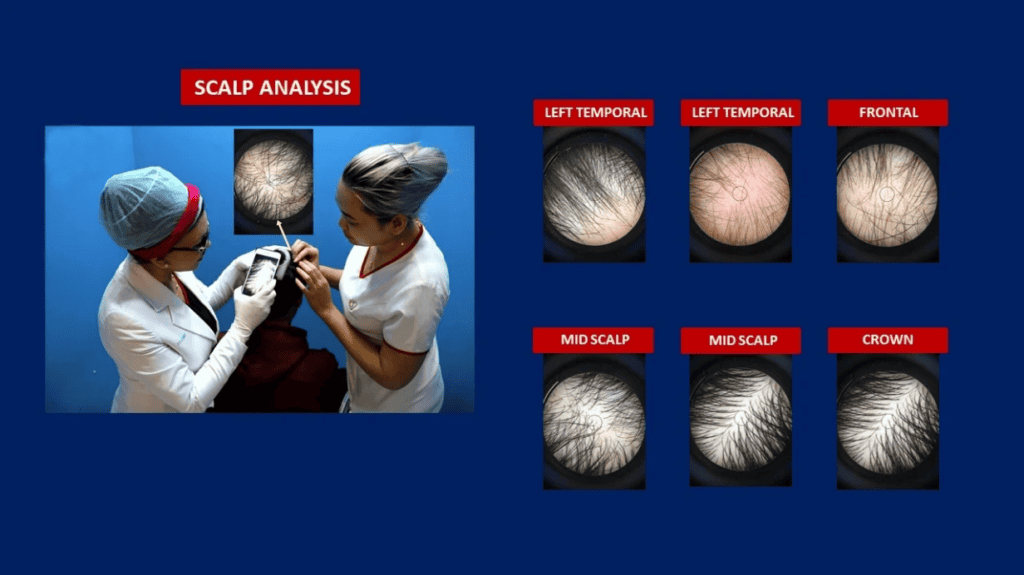
Scalp analysis done by hair transplant doctors at FUE Malaysia. Best Hair Transplant.
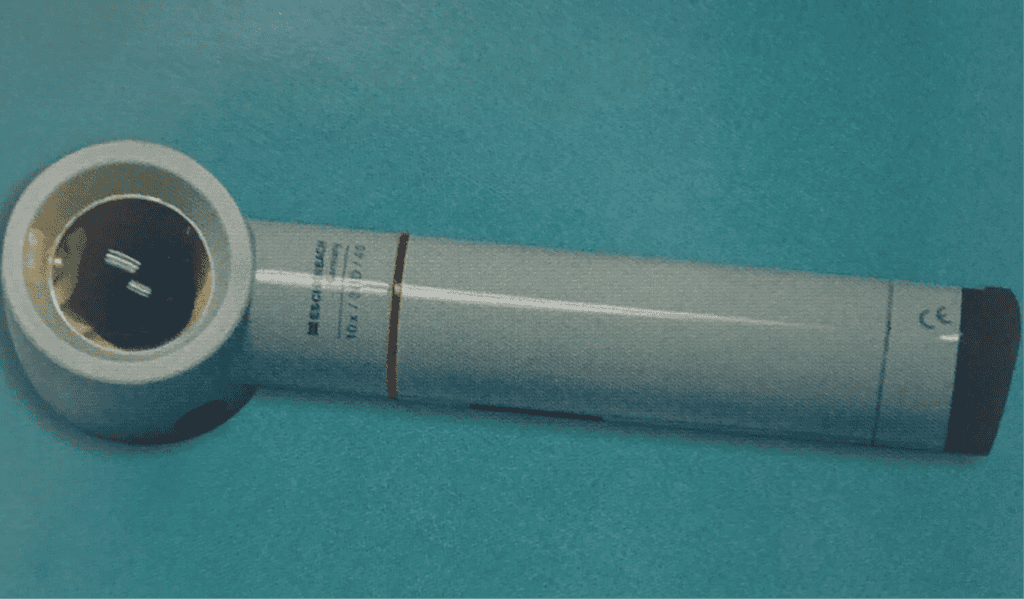
Densitometer use for hair transplant
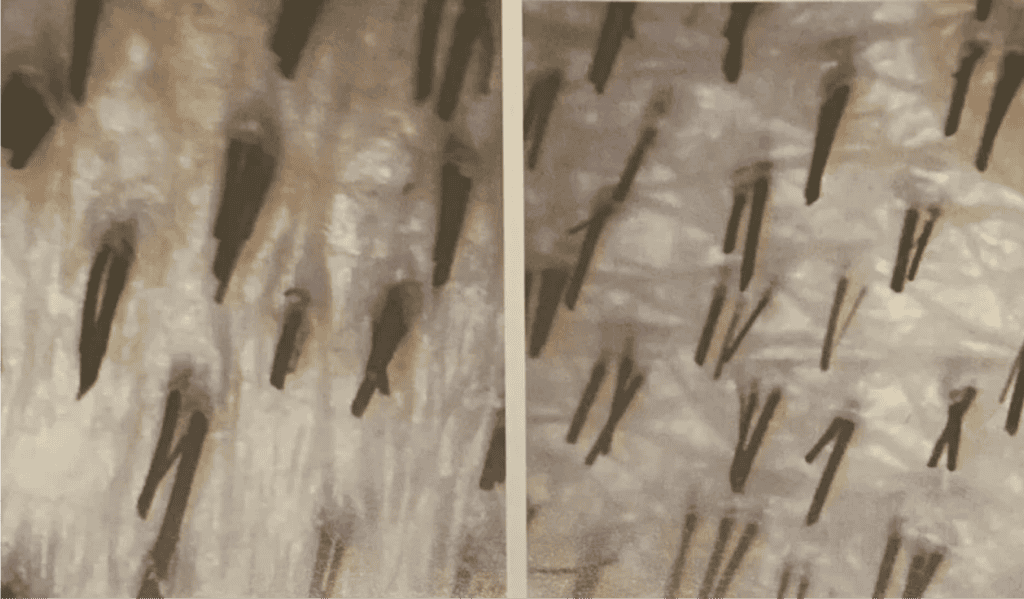
Densitometer use for hair transplant
After Hair Transplant Care Protocol
Follow Your Doctor’s Instructions – Part of your pre-operative appointment should be a discussion on what you need to do after your surgery. Your hair transplant doctor will give you an overview as to what you should expect after surgery. At hair transplant centre Malaysia our expert hair transplant doctors will provide you with written instructions that are customized specifically for you. Your scalp may appear pinkish immediately after having your hair transplant procedure. Small scabs around the micro incisions may be covered with any subsisting hair that will keep your hair transplant hidden. Most patients feel comfortable going out in public after about three to seven days
1. Pain/swelling
In the first few days following a hair transplant procedure, the patient may experience mild swelling, itching and pain both in the donor and receipt areas. These symptoms generally subside in a week. For swelling icepacks can be apply over forehead and eyelids as frequent as possible.
2. Rest
for the the first 24 hours rest as much possible. Keep upper body body elevated at a 30-45 angle when sitting or lying down to keep the head above the level of the heart. This is to prevent swelling as it will decrease gravity’s ability to move the fluid downward into the eyes and face.
3. Activity
Activity should be severely limited for the first 48 hours after the procedure. No heavy lifting, vigorous exercising or bending over at the waist should occur. No strenuous activity for 1 week recommended. No swimming is recommended 2 weeks.
4. Bleeding
Normally there’s no active bleeding after day 1 procedure however if there is bleeding, place firm pressure over the area with clean cloth or gauze foe 10 min.
5. Coverings
A clean cap can be worn after hair transplant procedure as long it doesn’t fit snugly or contact the grafted area. If the the person uses a hair replacement system, it should not placed on the grafted area for at least 1 week after procedure. Patient is advised to wear hat to prevent direct sun on their scalp.
6. Scabbing
The scabbing usually gone within 1 week to 10 days after procedure. Patient is advised to not pick the scabs, as it would remove follicle along with the scab.
7. Camouflaging Products
It is recommended like topical fibers, can be use after 1 week post operative and for short period. Shampooed it as soon as possible.
8. Shedding/ shock loss
Normally 7 to 10 days after procedure, scab begin to fall off with shampooing. For female, 50% may experience mild to severe shock loss. Shock loss for female normally is seen after one month op procedure and the shedding of the hair will continue about 3 to 4 weeks. This shock loss is only a temporary phase. All the shaded hair will grow back
9. Regrowth
Patient is advised first sign of hair growth after 4 months onward. They will start substantial growth in the area and takes up a year or more for a full impact of the hair transplant procedure.
Post procedure hair transplant-maintenance program is very crucial to stop progressive hair loss to maintain the hair restoration results.
The following treatment are highly recommended to sustain and maintain the results and to combat progressive hair loss
– Medications & shampoos
– Photo therapy can be done at clinic or at home
– PRP treatment
– Meso therapy treatment (biotin and filler)
– Stem cell
– Scalp micropigmentation (SMP)
Would you like to know more?
Schedule A Free Consultation Now
Alternatively you can give us a call at +60125588572

